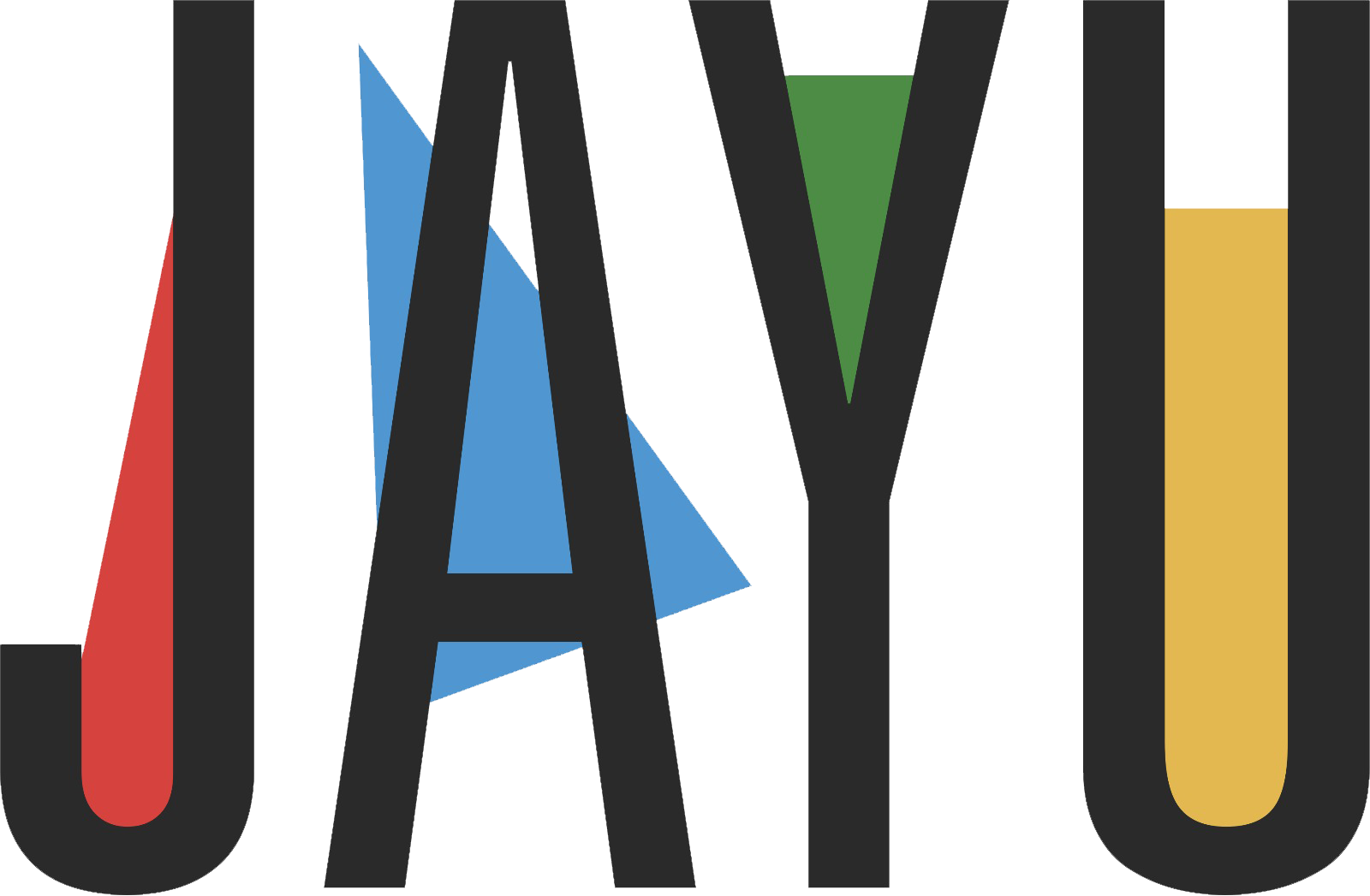What's the Deal with Gender?
Over the past year, I’ve had a lot of time by myself (as I’m sure we all have). During that time, I decided I would really sit down and try to get to know myself better. Life gets busy and we become so enveloped in the day-to-day interactions that we forget to interact with ourselves. With each passing month, I discovered something new about myself. I picked up new hobbies, started thinking about my future more seriously, and I also started thinking about my identity more seriously. I am in my third year studying International Development at the University of Guelph and, throughout my academic career, the concept of gender has been presented to me in various ways. However, the main discourse around gender in the development courses I have taken is that there are severe inequalities between men and women around the world.
Through my own self-discovery, I have become more aware of the lack of research done on non-binary people in the development field. Gender inequality has been presented to me in such a black-and-white way that I had started to subconsciously only consider men and women in conversations about gender. The reality is that there is a vast population that does not consider themselves to be a man or a woman. There are people who differ depending on the day, and there are people who do not subscribe to gender at all. When it comes to development studies, there is rarely anything on my reading lists that pertain to this conversation. Scholarly readings that I am assigned are usually centered around women as victims in need of saving, or why more women should be elected officials and in positions of power. After much reflection, I have concluded that the gender equality mentioned in my readings only includes men and women. There is no mention of equality or inclusion for non-binary people. I understand that non-binary isn’t a gender, it exists outside of the concept of gender. However, I do believe it should still be included in that discourse because when you survey a group of people and ask them their gender, the options are usually man, woman, or “other”. Casting non-binary people as “other” becomes dangerous because it fuels ignorance and dismisses their unique experiences in the world.
From my understanding, society, in general, does not fully understand how anything outside of the gender binary even exists. So how do we minimize this? How can we go about re-writing this narrative? I think it starts with understanding what it means to be non-binary. It is really quite simple; non-binary people do not consider themselves to be men or women, they are simply humans that exist on this planet as genderless beings. When you refer to a woman, you use she/her/hers pronouns, and men use he/him/his. When you refer to a non-binary person, you use they/them/theirs pronouns. There. Crash course complete. Now that we have an understanding of how to acknowledge non-binary people, we can move forward with integrating them into our workplaces, schools, communities, and beyond.
The best way I can explain the experiences of non-binary people is to tell you their stories. In a New York Times article from 2019, 20-year-old Salem shares their story about finding their identity. Salem shares that it pains them to even ask their family and close friends to call them by the name they chose to fit their identity. This stigma and discrimination makes it even more difficult to change the conversation on gender. Non-binary identities are becoming more normalized in the societal consciousness. There have been more non-binary actors, models, and even mentions of non-binary people in commercials. Normalizing inclusivity within media is an excellent starting point for understanding non-binary identity. Since media is something that we consume every day, we subconsciously adapt to what we are exposed to. However, beyond media exposure, it is important to consider policies that may result in the exclusion of non-binary people. For example, the “F” or “M” found on government identifications can cause inner conflict for someone who is non-binary. It is difficult, for most non-binary people, to relate to the biological and societal ramifications behind these letters.
Taking these things into consideration, non-binary exposure leads to the diminishing of the “other” construct; when this identity is something we are exposed to more often, it becomes normalized. But where work really needs to be done is through government policy. Non-binary people need to be accounted for in government documentation and the legal system. In regards to government identification, it is crucial that governments give citizens the option to have themselves labeled the right way. Having only two letters to choose from is heavily restrictive to the complexities of gender identity. It disregards the fluid lines of gender and how people are uniquely impacted by the roles they take on. There are severe gaps in the research that has been done, and it is important to address them. Through this process, the concept of the “other” continues to shrink, and our societal consciousness expands.
As people become more open-minded and comfortable expressing themselves, it is important that we give them the space they deserve so that we can better understand them and include them in important conversations. When we do this, we eliminate the concept of the “other” and create an open environment where everyone is welcome.
